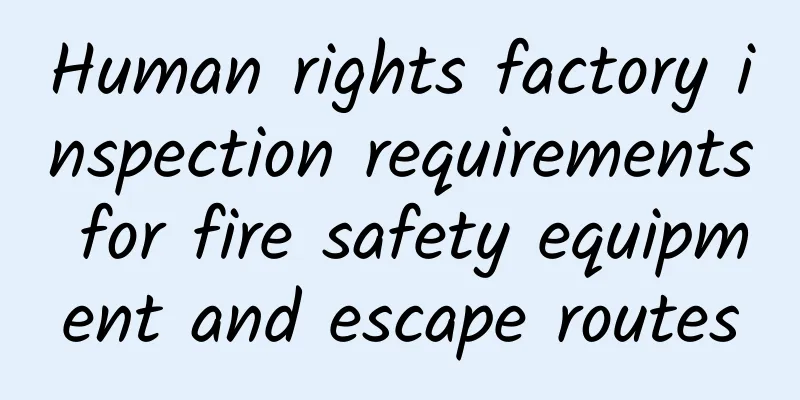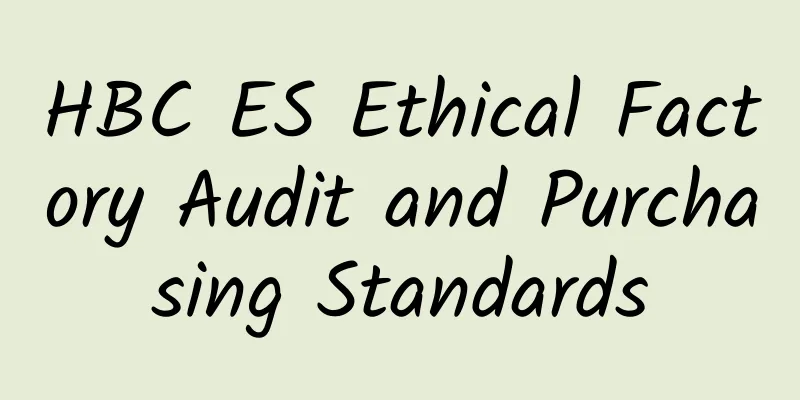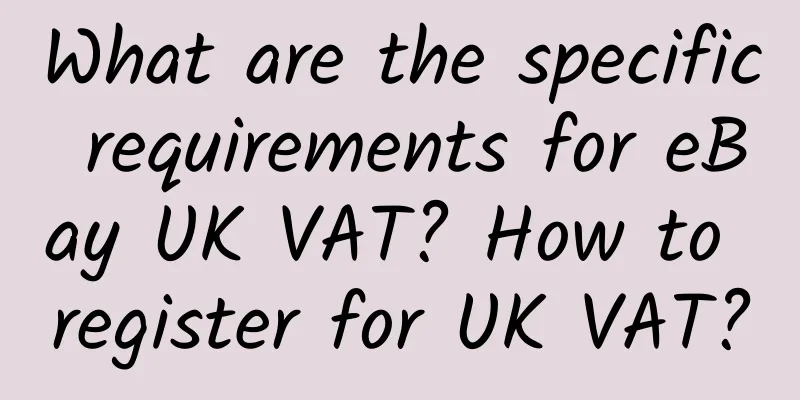What is a carbon footprint? How to calculate it? What is it useful for? All explained in one article

|
What is a carbon footprint? The concept of carbon footprint is derived from the ecological footprint proposed by ecologists William E. Rees and Mathis Wackernagel. It mainly refers to the total amount of gases emitted in human production and consumption activities that are related to climate change. At present, there is no unified and accurate definition of carbon footprint, and international organizations and academia have different understandings and perceptions of it. Generally speaking, carbon footprint is a greenhouse gas accounting method, which refers to the greenhouse gas or carbon dioxide emissions caused by all activities of entities such as individuals, enterprises, countries or products , including both direct emissions from the combustion of fossil fuels in manufacturing, heating and transportation, and indirect emissions from electricity consumed by goods and services. Carbon footprint is usually measured in tons of carbon dioxide equivalent, which measures the impact of an entity on the greenhouse effect and provides a benchmark for emission reduction. National Carbon Footprint Includes all greenhouse gases or carbon dioxide emitted to meet household consumption, public services and investment. At the national, departmental or regional level, the most commonly used internationally are the IPCC Guidelines for National Greenhouse Gas Inventories (IPCC, 2006) and the ICLEI Guidelines for Urban Greenhouse Gas Inventories (ICLEI, 2009). Corporate Carbon Footprint The implementation of corporate carbon audits must be based on carbon footprint assessments. The carbon emissions of the company are obtained through carbon footprint assessments, and audits are carried out on this basis. The international carbon footprint assessment standards can refer to ISO14064 and GHG Protocol . Combining the two, based on the life cycle approach, the direct and indirect greenhouse gas or carbon dioxide emissions generated by corporate production activities are calculated. ISO14064 and GHG Protocol provide guidance for corporate carbon audits. Specifically, corporate carbon audits can be carried out according to the following steps: 1. Determine the corporate carbon audit objectives. Currently, corporate carbon audits are not mandatory. Corporate carbon audits can be conducted in two ways: internal audits or external audits. Internal audits are mainly self-inspections of carbon emissions, while external audits are conducted through third parties. As China's carbon trading market becomes increasingly active, corporate carbon audits will also be standardized and legalized. 2. Determine the boundaries of corporate carbon audits. The Greenhouse Gas Protocol (GHG Protocol) sets three "scopes" for corporate boundaries. Each company must at least separately account for and report emissions information for Scope 1 and Scope 2. Scope 1 refers to direct greenhouse gas emissions, which are generated from emission sources owned or controlled by a company, mainly generated by the company's activities: production of electricity, heat or steam, whose emission sources are mainly combustion emissions generated by boilers, furnaces, vehicles, etc.; emissions from the production or processing of chemicals and raw materials in physical or chemical processes, such as cement production, aluminum and waste treatment; emissions generated by the transportation of raw materials, products, and waste, such as combustion emissions generated by trucks, ships, etc. owned or controlled by the company; unorganized emissions, that is, various intentional or unintentional leaks, such as leaks in equipment seams, seals, packaging, etc. Scope 2 refers to indirect greenhouse gas emissions from purchased electricity consumed by the enterprise, including electricity that enters the organizational boundary of the enterprise through purchase or other means, and its emissions are generated in the electricity production facilities. Scope 3 mainly refers to other indirect greenhouse gas emissions, which can be reported optionally. Such emissions depend on the company's operations, but are not owned or controlled by the company. Emission sources, such as mining and purchasing raw materials, transporting purchased fuels, using products and services sold, and waste treatment. 3. Design and compile the corporate carbon emission inventory. The compilation of the carbon emission inventory can be based on the life cycle analysis of the company's products, and the overall emissions of the company can be considered in combination with the spatial boundaries of scope 1, scope 2, and scope 3. 4. Identify and calculate carbon emissions. According to the various items in the company's carbon emission inventory, use "carbon emissions = activity data × carbon emission factor × global warming potential (GWP)" to calculate the carbon emissions of specific projects. At this time, the global warming potential (GWP) is 1. 5. Summarize the carbon emissions of the enterprise and get the total amount. If there is a carbon emission limit stipulated by relevant laws and regulations, compare the two and draw the audit conclusion. Product Carbon Footprint It is the greenhouse gas or carbon dioxide emissions generated during the life cycle of a product. There are currently a variety of methods for calculating the carbon footprint of a product. Among them, the most widely used is the "PAS2050:2008 Specification for the Assessment of Greenhouse Gas Emissions of Goods and Services during their Life Cycle" (commonly referred to as PAS2050), jointly initiated by the British Standards Institution, the Carbon Trust and the UK Department for Environment, Food and Rural Affairs. This is also the world's first product carbon footprint standard. 1. Product Carbon Footprint Calculation Standard At present, the internationally accepted product carbon footprint calculation standards include PAS2050, Greenhouse Gas Accounting System and ISO14067. PAS2050 PAS2050, the full name of which is "PAS 2050: 2011 Specification for the Assessment of Greenhouse Gas Emissions from Goods and Services over their Life Cycle", is the world's first product carbon footprint method standard. The specification was jointly issued by the British Standards Institution, the Department for Environment, Food and Rural Affairs (Defra) and the Carbon Trust. It is a publicly available specification for assessing the greenhouse gas emissions of goods and services over their life cycle. PAS 2050 is widely used by companies around the world to assess the greenhouse gas emissions of goods and services. Greenhouse Gas Protocol The full name of the Greenhouse Gas Protocol is "Greenhouse Gas Protocol: Product Life Cycle Accounting and Reporting Standard". It is a set of standards jointly initiated by the World Resources Institute and the World Business Council for Sustainable Development, and developed by 2,300 business people, experts and scholars from 55 countries. The standard is based on the life cycle assessment method and proposes a scientific method for conducting product greenhouse gas accounting. The Consumer Goods Forum, the Sustainability Consortium and the Global e-Sustainability Initiative all use or recommend this standard as the basis for accounting for the greenhouse gas impact of product life cycles. 《ISO14067》 ISO14067 stands for "ISO14067 Product Carbon Footprint Quantification Requirements and Guidelines", which was developed by the International Organization for Standardization based on PAS2050 to solve the specific calculation method of product carbon footprint. Its official version was first released in 2013 and updated in 2018. This standard provides the most basic requirements and guidelines for product carbon footprint accounting and is considered to be a universal standard. In order to facilitate Chinese organizations, enterprises and individuals to calculate carbon footprints in a convenient and unified manner, the Ministry of Ecology and Environment, together with several institutions, released the "China Product Life Cycle Greenhouse Gas Emission Coefficient Set (2022)". The coefficient set is mainly based on the basic principles and methods of ISO14067 to determine the greenhouse gas emissions of products throughout their life cycle, including the entire life cycle of raw material acquisition, production, use and disposal (i.e., from cradle to grave). For ease of use, the coefficient set divides unit product life cycle emissions into upstream emissions, downstream emissions and waste treatment emissions. The release of the coefficient set has laid a calculation foundation for the quantification of my country's carbon footprint at the product level, marking the establishment of my country's first open, transparent, and continuously updated product carbon footprint calculation emission factor database, which is of great significance to emission reduction in the product supply chain. 2. The value of product carbon footprint to enterprises Calculating product carbon footprints can help companies achieve their goals of climate change management, performance tracking, supplier and customer relationship maintenance, and product differentiation. The understanding of product carbon footprint can help Chinese companies improve product design, increase efficiency, reduce costs, and ultimately reduce operating risks. Chinese companies can use product carbon footprint as a fulcrum to win a place in the increasingly fierce international competition. Personal Carbon Footprint It is mainly aimed at the lifestyle and consumption behavior of individuals or families to calculate the relevant greenhouse gas or carbon dioxide emissions. For the calculation of personal carbon footprint, many websites have provided special "carbon footprint calculators". As long as certain life data is entered, the corresponding "carbon footprint" can be calculated. Still worried about not passing the carbon footprint certification? Don’t worry! Chaowang Consulting and Guidance has been engaged in factory inspection guidance and certification consulting for many years. It has rich experience and connections, is familiar with the process and steps of factory inspection and certification, and can help companies solve certification problems at any time, easily deal with them, and pass them smoothly. Consultation phone: 021-51029391! |
Recommend
Customer factory audit on forced labor issues
Forced labor includes prison labor, indentured lab...
Anti-terrorism factory certification, safe transportation management and production factory security guidelines
Safe Transportation Management: 1. Strengthen the...
How is Black Friday e-commerce academy? What products and services does Black Friday e-commerce academy provide?
How about Black Friday e-commerce academy? "...
ICTI Training Manual (I)
Brief description Training content ü Explain some...
Summary of BSCI factory audit matters
1. Unlike customers who entrust a third party to ...
Timberland factory inspection routine matters for European and American customers
1. Did workers report that there were no workers b...
Ann Taylor factory inspection routine matters for European and American customers (VI)
Ann Taylor factory inspection routine matters for...
Factory Safety Preparation Documents
Access Controls: Access Control Visitor's log...
DANA Wallet—Indonesian Alipay
DANAWallet is one of the mainstream e-wallets in ...
Newbalance Safety and Health Audit Checklist
1. Factory acceptance certificate, fire acceptanc...
Employees who are most likely to be interviewed by auditors during BSCI factory audits
Employees who are most likely to be interviewed b...
ACC Processing Plant Process Water/Ice Requirements
ACC certification processing plant for production...
BSCI factory audit cost accounting
Cost Accounting refers to the accounting of all p...
Spokeo—Foreign personal information search engine
Spokeo, a foreign personal information search eng...
How much is the letter of credit fee? A complete analysis of letter of credit fees~
A letter of credit is a written document issued b...









